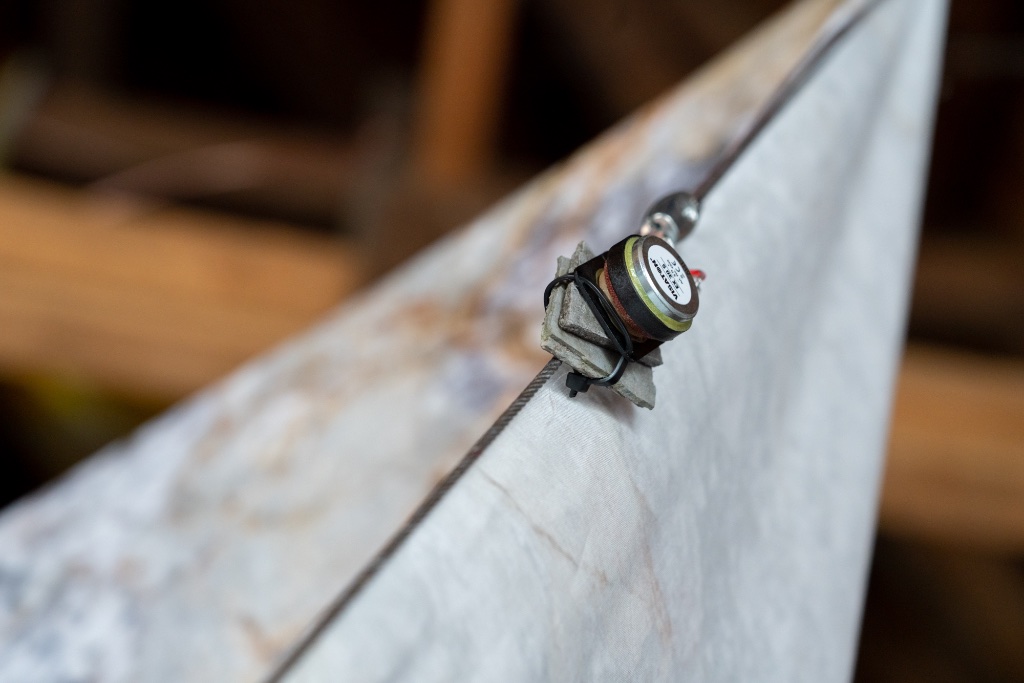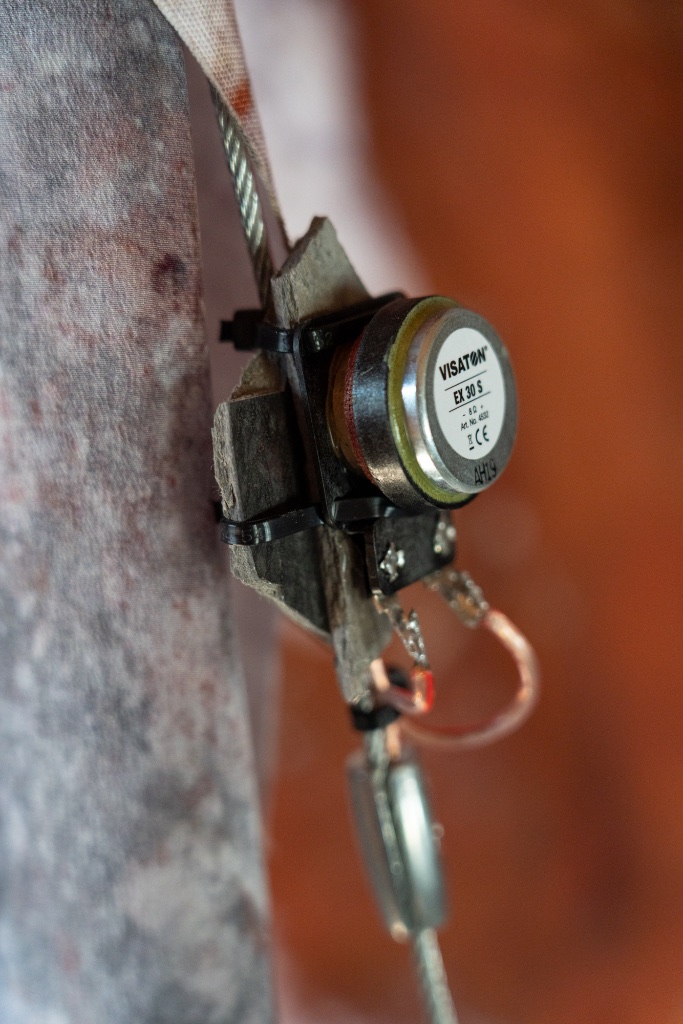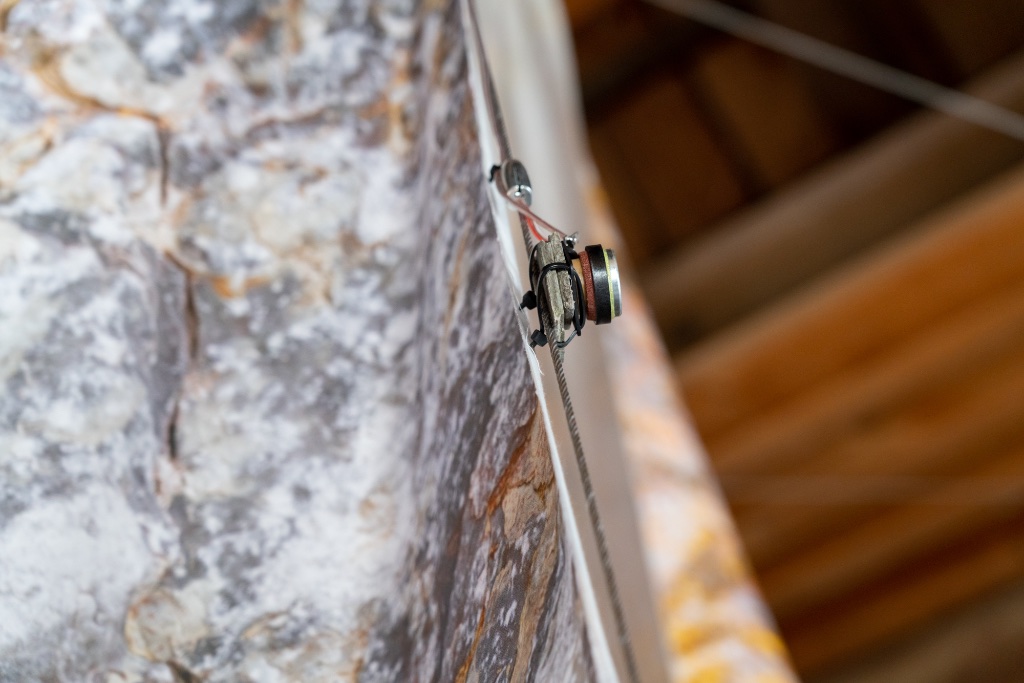Dissemination
Fragments of Rotting Sounds, book presentation March 27, 2025
Our book Fragments of Rotting Sounds appears in paper at Mark Pezinger Publishing (edition of 20) and also as a digital version (infinite edition) on the Research Catalogue.
The book presentation takes place March 27 2025, 18h at the Bankettsaal of mdw – University of Music and Performing Arts Vienna, Anton-von-Webern-Platz 1, 1030 Wien.
Article “Artistic Research Practice in Experimental Sound Art” in Zeitschrift der Gesellschaft für Musiktheorie 19/2
Bovermann, Till / Thomas Grill / Almut Schilling (2022), »Rotting Sounds. Artistic Research Practice in Experimental Sound Art«, Zeitschrift der Gesellschaft für Musiktheorie 19/2.
The majority of today’s media is produced in the digital domain. Although digital data are adorned by a myth of perfection, everyday experience does provide evidence for the existence of degradation and, ultimately, data loss in various forms. The multi-year artistic research project Rotting Sounds has investigated the causes, mechanisms, and effects of such deterioration, specifically in the context of digital audio. This report gives a condensed account of some of the theoretical foundations and methodical approaches chosen. The digital-analog interface, information encoding, as well as the deep time perspective are specifically highlighted. We present a number of artistic works that have been developed as experimental systems to co-generate questions and finally lead to various conclusions. These concern the controllability of such experiments and the interrelationships between (sound) information and its environment. The term of digital patina was introduced to characterize observed aesthetics in permanent transformation and to open up a new perspective on the existence of the digital in a material context.
https://doi.org/10.31751/1174
Research Day 2021, Academy of Fine Arts, November 11
Almut Schilling will hold a lecture at the Research Day 2021, titled “Auditorium of Rotting Sounds: Maintaining Digital Decay”
At the beginning of the artistic research project we manifested that data degrade inevitable and we do perceive decay as transformation. With the establishment of the Auditorium of Rotting Sounds an extraordinary space, dedicated to site specific artworks, was created, to let the sound objects rot.
But how to control the temporal transformation of digital data, which basically are inherent dynamic systems? How to classify determinants and the symptoms of decay and its effects? And how to understand and perceive those created aesthetics?
Considering the difference between things (physical entities defined by its material properties) and objects (conceptual entities generated and perceived by semantically thinking) it is fundamental to ensure a certain legibility within the flow of time, which means to prevent that those entities are drifting too far apart. Consequently the maintenance, the controlled ›aging‹, appeared to reflect the individual artwork conceptually and its growing patina.
11.11.2021, 10:00–17:45
Akademie der bildenden Künste Wien, Schillerplatz 3, 1010 Wien, Sitzungssaal
Rotting Sounds takes part in the panel “On Sustaining Sounds and Images”
In the context of the annual conference of the International Council for Traditional Music on the Topic of “Sustainable Futures – Practicing Methodological, Scientific and Institutional Sustainability in Ethnomusicology” in Salzburg, Austria.
APA science article on Rotting sounds project
Mario Wasserfaller of APA has interviewed Thomas Grill prior to the Symposium of Rotting Sounds about the background, methods and results of the project.
See https://science.apa.at/mehrzumthema/neues-leben-fuer-untote-klaenge (in German)
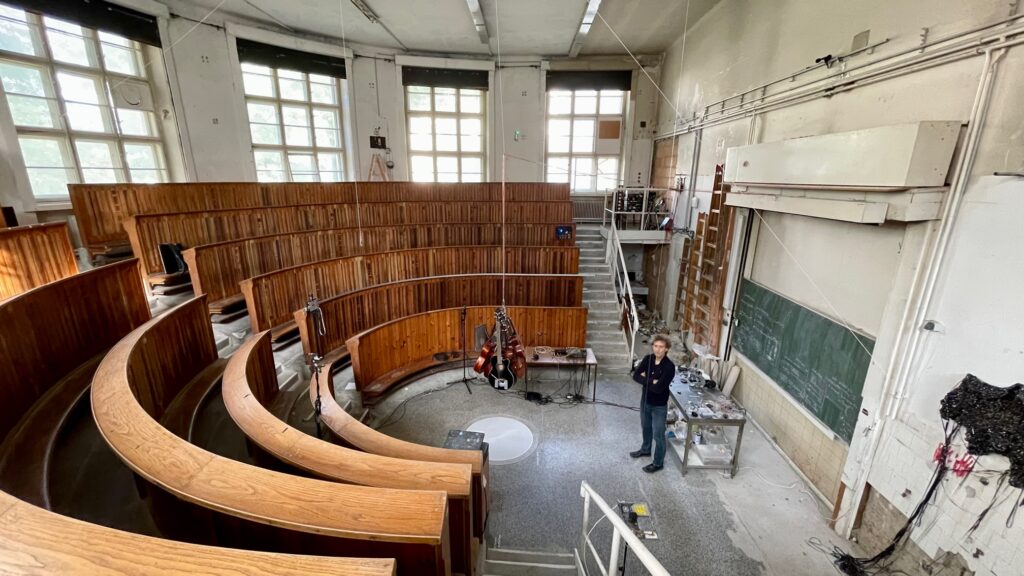
Article in MDW magazine, October 2021
The web and print magazine of the University of Music and Performing Arts Vienna (MDW) has published a new article on the current state of the Rotting sounds project.
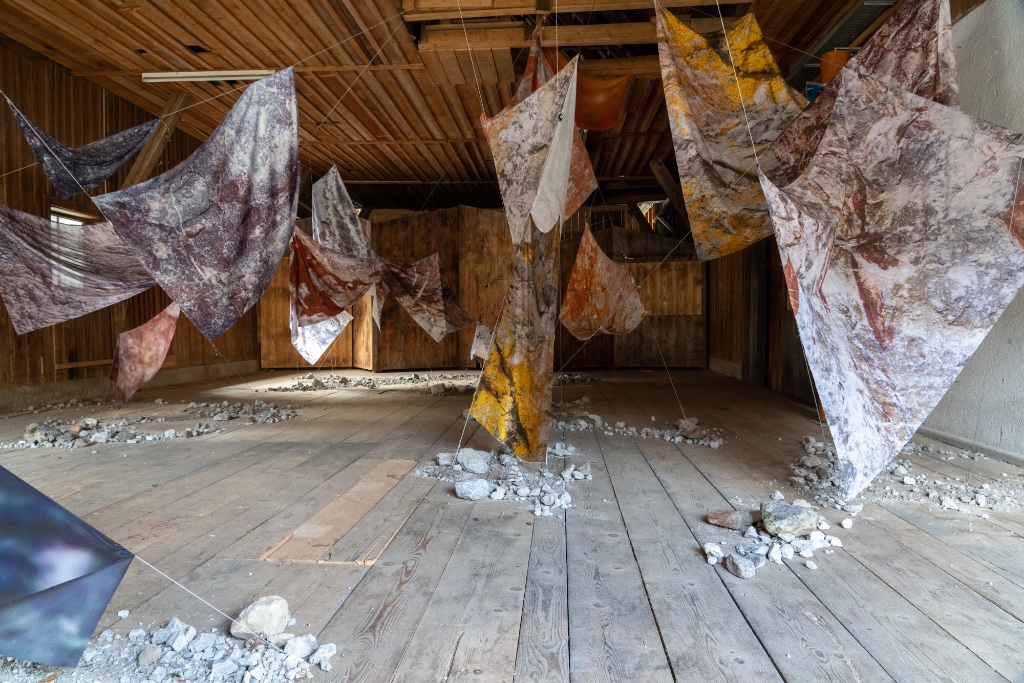
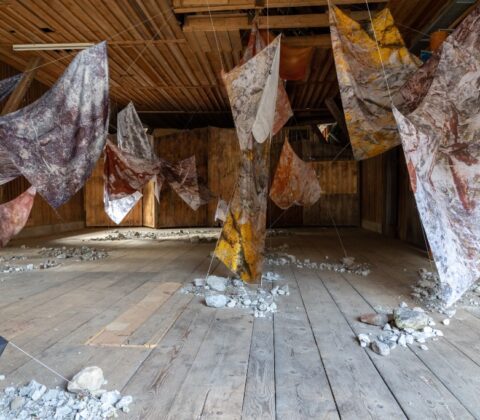
Rieseln @ National Park Gesäuse
Exhibition Alte Säge Gstatterboden 2021
Nicole Krenn, Lisa Truttmann, Thomas Grill
Manchmal, auf dem Weg, trifft es aus der Nähe auf das Ohr, unvermittelt, und mit der Kopfbewegung auf das Auge. Eine helle, leichte Bewegung der kleinsten Bestandteile. An Kanten und Flächen, über Formen und Texturen sammeln sich diese Winzigkeiten zu einer beständigen Strömung.
Sometimes, along the way, the ear is hit up close, suddenly, and then also the eye with a movement of the head. A bright, slight movement of the smallest components. On edges and surfaces, over shapes and textures, these tiny things gather to form a constant flow.
This year’s exhibition in the Alte Säge in Gstatterboden is designed by Thomas Grill, Nicole Krenn and Lisa Truttmann. Under the exhibition title “Rieseln” they deal with the forms of erosion that are omnipresent in the national park in a variety of ways. The artists have examined the temporal process of erosion as well as the visual and acoustic phenomena and elaborated them through the media. The architecture of the Alte Säge in Gstatterboden is directly integrated as the environment for these topics. An installation spans a permeable, walk-in room, flowing from ceiling to floor, in which photography and sound are used on various materials – from fine silk to coarse linen, arranged on steel threads. In terms of content and form, these materials connect the exhibition space itself and the thematic landscape of the national park. Detailed recordings in sound and image serve as a reference and source material. These fragments form contrasts between geometric and soft, rigid and flowing, in sound between naturalistic and synthetic – the installation becomes a tangible, lively landscape.
The auditory component consists of 3 vertically stacked layers: From the semi-open attic of the hall, a synthetically generated wind flow can be perceived, swelling and calming with the intensity of the sun’s irradition. Below the wooden floor, a subtle water trickle reminds of the presence of small streams all over the national park. In between those two layers, the space is traversed by an airy arrangement of steel wires, supporting the large textile surfaces and also bearing a total of 12 sound emitters. These are acoustic transducers mounted on small pieces of slate, producing ever changing patterns of tiny clicks, flowing from far overhead to below the floor. Occuring only once in a while, on a very subtle loudness level, the trickling movements provide moments of irritation within the exhibitions’s overall flow of textures and sounds.
Opening times:
May 01–15: Fri–Sun, 10–18h
May 19 through October 31: Tue–Sun (Mon closed), 10-18h
Free admission
Alte Säge Gstatterboden
gegenüber Nationalpark Pavillon
Gstatterboden 25
8913 Gstatterboden
+43 664 8252313
Presentation of the Digital Patina at lecture series Best Available Copy
6. May 2021:
In the context of the lecture series BEST AVAILABLE COPY – the preservation of time-based media art reflecting its technology at the Academy of Fine Arts at the Institute Conservation – Restoration Almut Schilling discussed the concept of the digital patina.
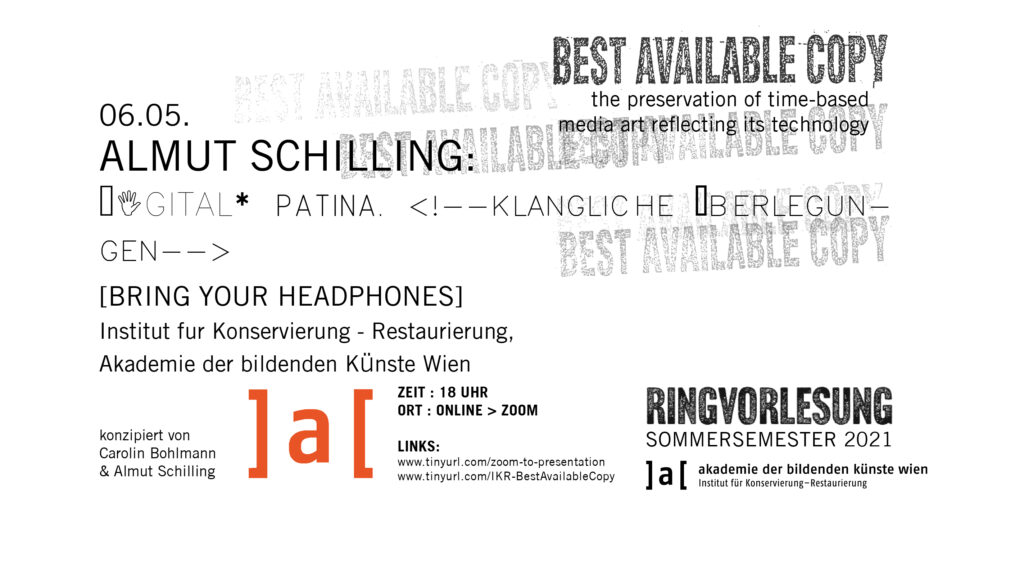
Digital Patina [a CARE-ful excavation]
Presentation for the 2021 SAR artistic research conference
Voicings of an auralist – a series of transmissions from an unknown source
A unique artifact was found in the Auer-Welsbach-Park in Vienna that was soon discovered to be a manifestation of information left behind by who could be called an “extra-human ethnologist”.
This feature portraits the excavation and restoration processes as well as what has been extracted as the content of the discovered message, telling the story of how a sonically focused being may perceive and comment on our visually dominated world.
Till Bovermann: concept, auralist text, auralist source material
Almut Schilling: concept, forensics text, material excavation
Thomas Grill: concept, analysis
Tobias Leibetseder: concept, production, mixing
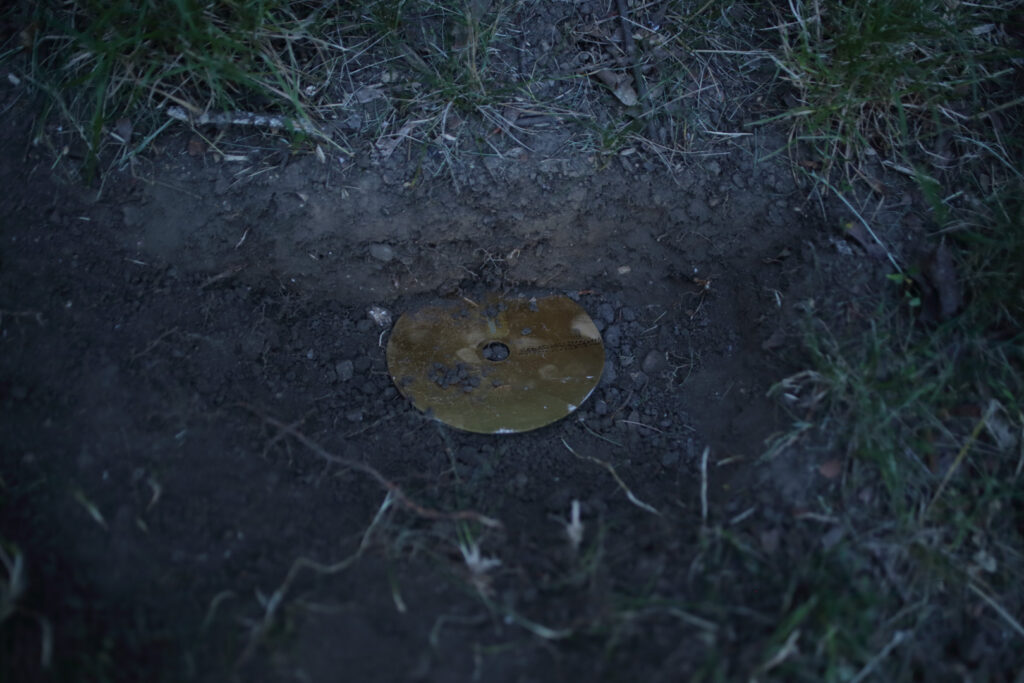
Presentations:
March 16, 16:15 CET (online) as a chapter of the new book
Knowing in Performing. Artistic Research in Music and the Performing Arts
Presentation event: https://www.mdw.ac.at/veranstaltung/?v=2616934
Registration: knowinginperforming@mdw.ac.at
Book chapter: https://doi.org/10.14361/9783839452875-008
March 21 23:00 CET, as a radio feature in ORF Ö1 Kunstradio:
Live and 7 days streaming service: https://oe1.orf.at/programm/20210321/631453/Die-Vergaenglichkeit-von-digitalem-Klang
Kunstradio (with MP3 download): http://kunstradio.at/2021A/21_03_21en.html
Please tune in, using your radio or via stream

